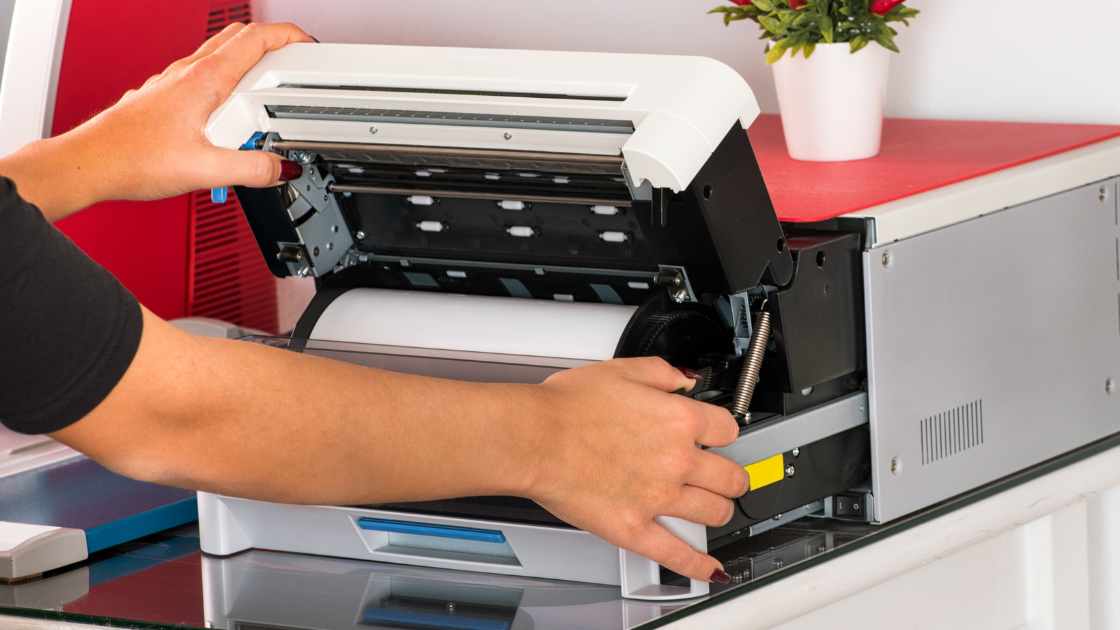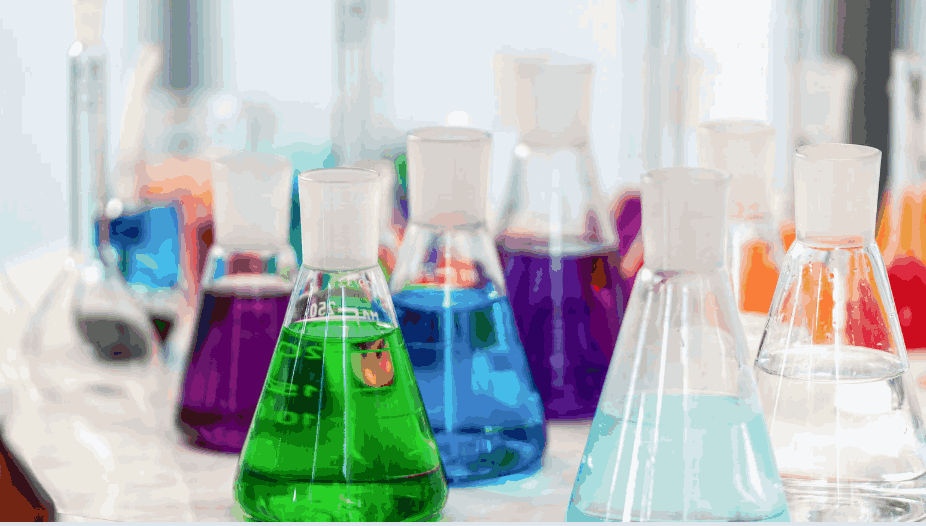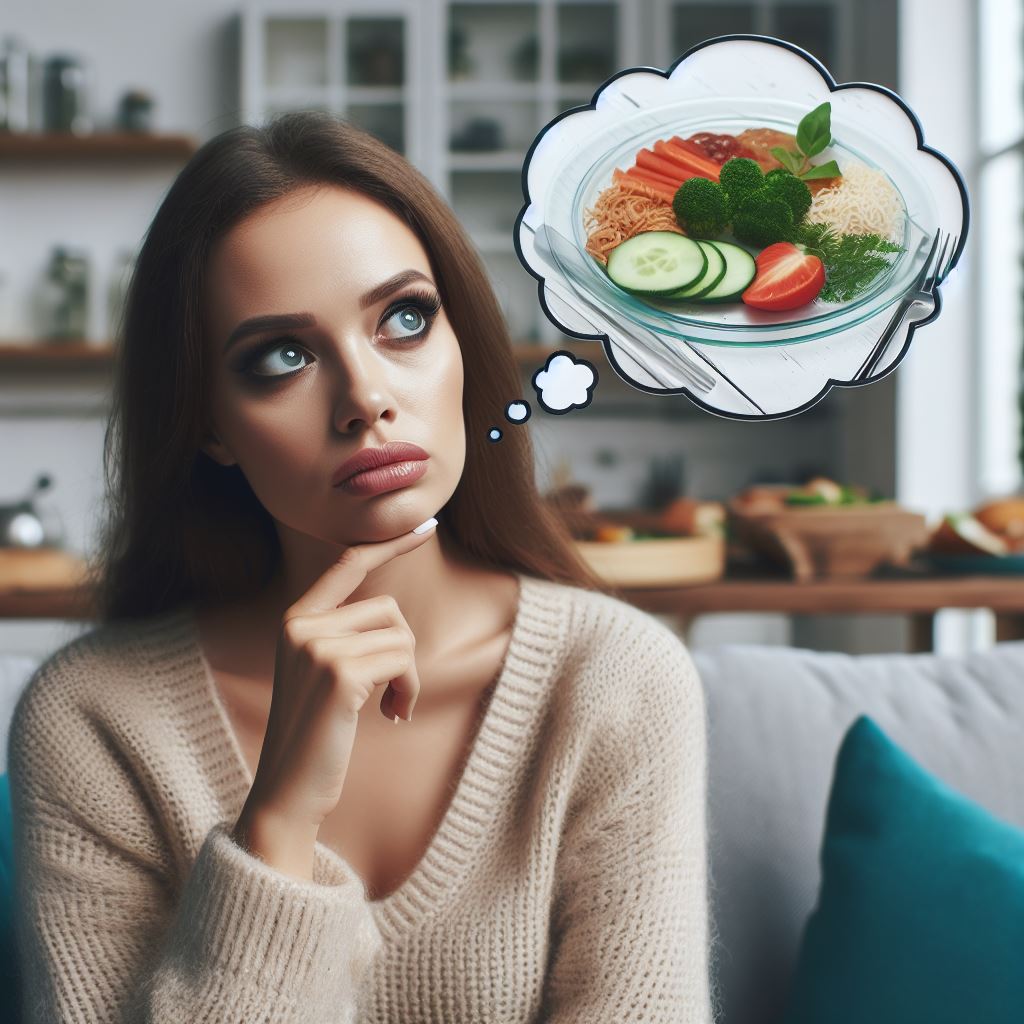Sublimation plates are generally food-safe if they have a proper coating. Manufacturers must comply with food safety regulations to ensure these plates are safe for use.
Choosing the right sublimation plates for dining needs often includes considering their safety for contact with food. Sublimation involves the transfer of dyes onto materials, including ceramics, which are popular for making personalized, decorative plates.
It’s crucial that these items when designed for meal service, have a food-grade coating to prevent the dye from contaminating food.
When it comes to prioritizing food safety, the essential question arises: “Are Sublimation Plates Food Safe?” Balancing the fusion of art and functionality, sublimation plates make an attractive choice for serving meals.

It’s imperative to recognize that the safety aspect is non-negotiable. Responsible manufacturers consistently provide clarity on whether their sublimated products meet the necessary safety standards for food use.
Therefore, for health-conscious consumers, thoroughly checking the product specifications before purchasing or using them is an absolute must.
Sublimation Plates: A Brief Introduction
Eye-catching designs and vibrant patterns on plates often attract those who love to host. Sublimation plates are gaining popularity in the market. But are they food-safe? This is a key concern for consumers. Let’s dip deep into the world of sublimation plates.
The Basics Of Sublimation Printing
Sublimation printing is a technique that transfers designs onto a substrate. This process uses heat to turn ink into a gas that bonds with the plate’s surface. Here’s what you need to know:
- Sublimation involves heat-sensitive inks.
- It can print full-color images with excellent detail.
- The final product is durable and resistant to scratching.
Plate Manufacturing And Design

Creating sublimation plates includes several essential steps:
- Starting with a polymer-coated plate.
- Applying a design through sublimation print.
- Heating the plate for the ink to bond.
Certain safety standards must be met. These standards ensure the plates can be used for food. Each plate typically undergoes:
- Quality checks for food safety.
- Assessment for heat resistance and durability.
- Toxicity testing to prevent chemical leach.
Food Safety Concerns With Sublimation Plates
When choosing dinnerware, safety comes first. Sublimation plates are popular for their custom designs. But are they safe for your food? Let’s dip into the safety concerns related to these plates.
Chemicals And Materials Used

The sublimation process involves specific materials. These materials transfer designs onto plates. Knowing what chemicals are in use is vital.
- Inks: Special sublimation inks bond to the plate surface
- Coatings: A clear coating covers the ink. This makes the plate safe to touch.
Manufacturers must follow regulations. They ensure chemicals do not transfer to food.
Potential Health Risks
Poor-quality plates might pose risks.
| Risk | Description | Prevention |
|---|---|---|
| Chemical Leakage | Inks or coatings leak chemicals into food. | Buy certified safe products. |
| Heat Exposure | High temperatures cause chemical breakdown. | Use plates as intended. |
Always check for food-safe certifications. Look for labels like FDA-approved.
Quality plates lower health risks.
Regulatory Standards For Food Safety
Exploring Regulatory Standards for Food Safety is vital when discussing sublimation plates. These plates, often adorned with vibrant images and patterns, must comply with specific health guidelines to ensure safe food contact. Let’s delve into the regulations that keep your dining experiences free from harm.
FDA Regulations For Food Contact Substances

The Food and Drug Administration (FDA) has a stringent set of rules for materials that contact food. Understanding these regulations helps ensure sublimation plates meet safety standards.
The FDA evaluates substances based on their intended use and potential to migrate into food. Plates undergo rigorous testing for leachable components.
Key points in FDA compliance include:
- Substance clearance – Approval of materials for food contact.
- Migration limits – Maximum amounts of substances that can transfer to food.
- Usage conditions – Temperatures and types of food that are safe for contact.
Manufacturers must ensure their products adhere to these criteria. A sublimation plate deemed safe by the FDA would show little to no transfer of harmful materials into food.
International Food Safety Standards

Around the globe, food safety standards help protect consumers. These guidelines vary but often echo FDA principles. Authorities screen materials and the sublimation process to guarantee safe usage. Key international bodies include:
- The European Food Safety Authority (EFSA)
- Food Standards Australia New Zealand (FSANZ)
- Health Canada’s Food Directorate.
Highlights of international benchmarks include:
- Testing for toxins and contaminants.
- Assessment of chemical migrations at varied temperatures.
- Guidelines for safe production practices.
Manufacturers keen on global distribution must navigate and adhere to these international tenets. A food-safe sublimation plate should meet or exceed all recognized safety norms, ensuring healthy usage anywhere in the world.
Manufacturing Process: Ensuring Food Safety

When it comes to enjoying meals, the safety of what we eat is as important as the food itself. Sublimation plates, popular for their customizable designs, must also ensure food safety. In the Manufacturing Process: Ensuring Food Safety, companies take critical steps to guarantee that these beautiful plates are safe for every meal.
Quality Control Measures
Quality control is vital in the production of sublimation plates. These measures safeguard against contaminants and toxins. Strict guidelines are followed from the raw materials to the finished product.
- Certification checks: Materials must pass safety certifications.
- Inspections: Each plate undergoes thorough inspections.
- Testing: Plates face rigorous testing for chemical release.
Safe Printing Practices
In sublimation printing, safe inks are a priority. These inks must be non-toxic and approved for food contact. This ensures no harmful chemicals transfer onto food.
| Safe Printing Step | Description |
|---|---|
| Use of safe inks | Inks free from harmful chemicals are selected. |
| Temperature regulation | Heating processes are monitored to prevent toxin release. |
| Final coatings | A protective layer seals the design and adds safety. |
Following these Quality Control Measures and Safe Printing Practices, manufacturers of sublimation plates uphold standards that keep our food and health protected.
Best Practices For Using Sublimation Plates
Using sublimation plates is a creative way to showcase designs. These plates go through a special process. It transfers a design onto a plate. It uses heat and pressure. This makes colors pop! But knowing how to use them the right way is important. Here are the best practices for using sublimation plates. Keep them lovely and safe for every meal!
Handling And Maintenance
Caring for your sublimation plates is key. Here’s how to keep them in tip-top shape:
- Wash gently using mild detergent.
- Avoid abrasive pads. They can scratch the surface.
- For drying, use a soft cloth. It prevents water spots.
- Keep plates away from sharp tools. They can harm the designs.
Stick to these steps to keep your plates looking fresh!
When To Replace Your Plates
Knowing when to get new plates is a must. Look for these signs:
| Sign | Action Needed |
|---|---|
| Fading colors | Time for a new plate |
| Scratches | Replace to avoid bacteria buildup |
| Chipping | Get a fresh plate for safety |
Switch out old plates for new ones to maintain food safety.
Alternatives To Sublimation For Safe Dinnerware
Exploring alternatives to sublimation for dinnerware is essential. Consumers value safe, functional, and stylish options for their meals. Let’s consider alternatives that offer these benefits without compromising health and safety.
Ceramic Coatings
Many choose ceramic-coated dishes as a safe alternative. These coatings are non-toxic and withstand high heat. They often contain a non-stick surface that is both convenient and easy to clean.
- Lead-free ceramics ensure safe food contact.
- High durability lends to a longer lifespan.
- Diverse designs can mimic sublimated styles.
Natural Material Options
Natural materials offer inherent safety and eco-friendliness. They are often biodegradable and compostable, which appeals to environmentally conscious consumers.
| Material | Benefits |
|---|---|
| Bamboo |
|
| Wood |
|
| Stoneware |
|
Choosing dinnerware made from natural materials can reduce exposure to potential toxins found in some sublimated products.
Future Of Food-safe Dinnerware

The dining experience of tomorrow hinges on innovation in food-safe materials. The journey doesn’t end with safety; the modern consumer demands style, durability, and eco-friendly practices. As we leap into the future, breakthroughs in dinnerware promise to serve meals not only on a platter of safety but also of sustainability and cutting-edge design.
Innovations In Material Science
Innovative materials are transforming dinnerware, making it safer and more durable than ever. Scientists are developing new composites that can withstand high temperatures while being non-toxic. This means that sublimation plates, once questioned for food safety, are becoming increasingly reliable for everyday use.
- Nano-coatings that resist bacteria
- Biopolymers derived from renewable sources
- Composite materials designed for high heat resistance
These advancements pave the way for plates that are not only safe to eat from but also long-lasting and versatile.
Eco-friendly And Safe Printing Technologies
The surge in eco-consciousness is shaping the methods used to decorate dinnerware. Safe, sustainable printing solutions are in high demand. Digital printing techniques now use organic inks, ensuring that those beautiful patterns on sublimation plates pose no threat to your health.
- Water-based inks free from harmful chemicals
- Inks that comply with strict safety standards
- Energy-efficient printing processes
With this green evolution, the sublimation process not only impresses with vibrant designs but also respects the planet and our well-being.
Frequently Asked Questions On Are Sublimation Plates Food Safe?
Can You Eat Off A Plate That Has Been Sublimated?
Yes, you can eat off a sublimated plate if the coating is food-safe. Always ensure the plate meets FDA guidelines for food contact before use.
Does Sublimation Release Toxins?
Sublimation can release toxins depending on the materials used. Some dyes and substrates may emit harmful chemicals when heated during the sublimation process. Always check product safety data and use proper ventilation.
Are Sublimation Mugs Food Safe?
Yes, sublimation mugs are generally food-safe as they undergo a heating process that seals the design and leaves the surface smooth for use. Always verify with the manufacturer for specific safety certifications.
Are Sublimation Tumblers Safe To Drink From?
Yes, sublimation tumblers are safe to drink from as they are typically made with non-toxic materials and coatings.
Can you eat off a plate that has been sublimated?
No, it is not advisable to eat off a plate that has been sublimated. Sublimation involves the process of a substance transitioning directly from a solid to a gas, and the resulting plate may no longer be suitable for food consumption due to potential chemical changes.
Yes, sublimation can be applied to plates, allowing for the transfer of vibrant and durable designs onto the surface through the sublimation process. This method is commonly used in the customization of plates for personalized or promotional purposes.
Conclusion
The safety of sublimation plates is vital for health-conscious eaters. Our exploration confirms that when produced according to food-grade standards, these plates are safe for dining. Select certified products for peace of mind at mealtime. Always prioritize quality to ensure a risk-free, enjoyable dining experience.

